From 15th April to 11th May 2024, Aïcha Abbadi is staying in Zagreb for a residency with CIMO – Centre for Fashion and Clothing Research. She will be working on her new project ‘TELLING TEXTILES – Ilica Translations’ and offer collective research sessions and artistic fashion workshops for students and local residents.
The research explores the scarves traditionally worn as head coverings and aprons by women in the rural context in their variety of styles and significations and the necktie as Croatia’s sartorial national symbol, from its early functional form to decorative cravats and the structured adornment associated with formal urban menswear. Following their histories, similarities and divides, the research seeks to connect local textile heritage and symbolism to contemporary personal, local and global narratives.
As a continuation of the ‘Ilica Investigations’ that have taken place in November 2023, the research will further investigate and discuss where fashion takes place in the area around one of the city’s longest streets. The resulting ‘Ilica Translations’ will form a collection of ‘TELLING TEXTILES’ that explore current issues, spaces of potential and artisanal production through artistic fashion research. Contributing to the local narrative and to the greater critical fashion discourse, the items created are made to be passed along through time, shared, discussed and remembered.
The outcomes from the residency will be presented in an interactive exhibition with a guided artist tour.
[Workshops]
24. + 25.04.2024 – Ilica Investigations #2: Textile Narratives, with students from the Faculty of Textile Technology
08.05.2024 – 10:00-12:00 – Telling Textiles – Scarves and Cravats, with local residents @ City Museum Zagreb (Opatička ul. 20, 10000 Zagreb) (bus stop: Muzej grada Zagreba)
[Public talk]
08.05.2024 – 19:00 – @ CIMO (Mesnička 1, 10000 Zagreb) (tram stop: Frankopanska)
[Public presentation]
10.05.2024 – 18:00 – exhibition and guided tour @ Zelena Akcija (Frankopanska ul. 1, 10000 Zagreb) (tram stop: Frankopanska)
Thank you for using sustainable and public means of transport to reach the events!
TELLING TEXTILES – Ilica Translations, Residency, 2024
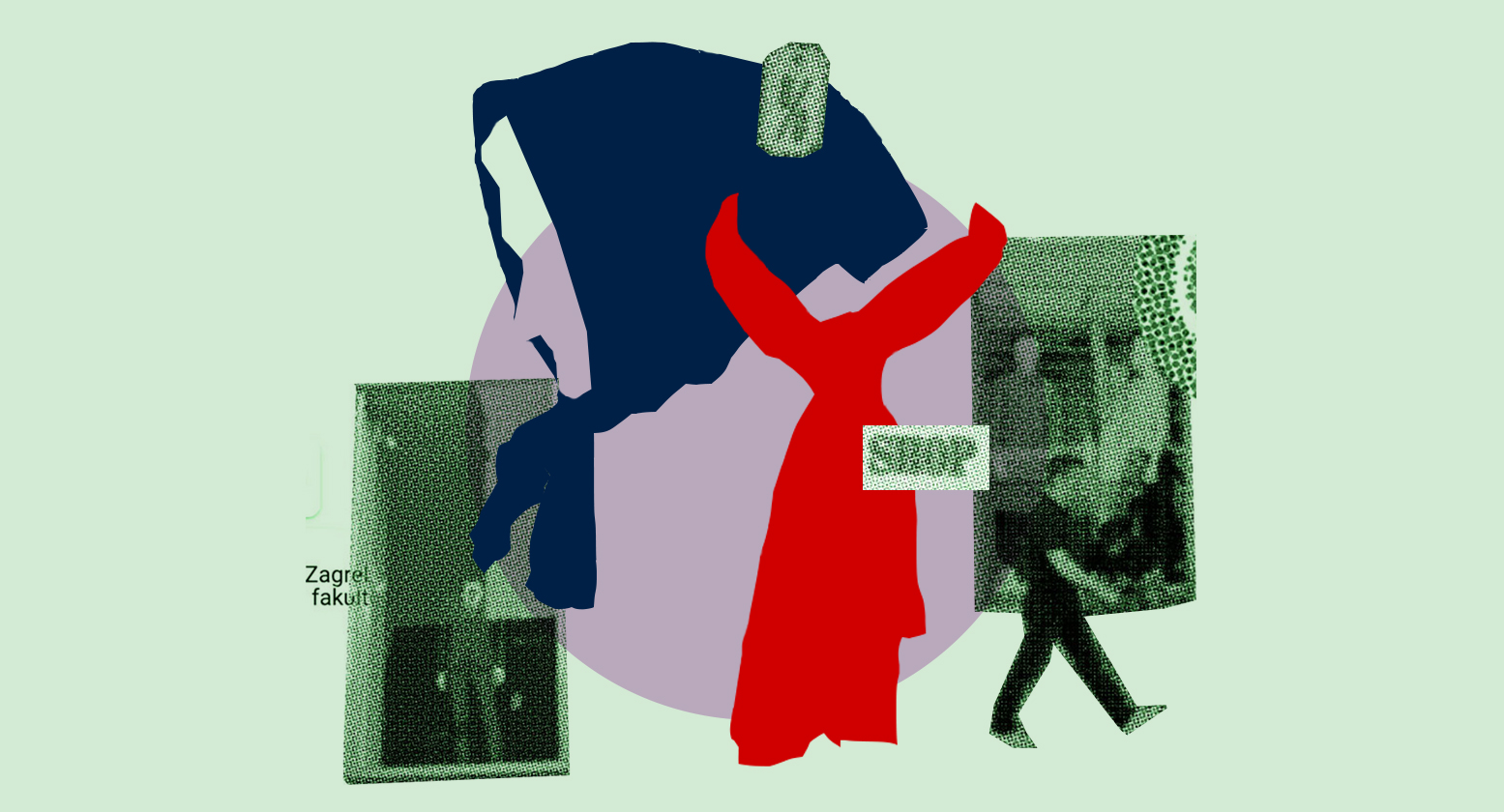
'In the language of marketing, from what was originally an export product, the kerchief of Croatian peasants, it returned as an import product from Europe to Croatian bourgeois culture after having undergone significant changes in shape, meaning, social carriers.'
Čapo Žmegač, Jasna. Croatia Going Global – Cultural Crossovers: From Peasant Kerchief to the Bourgeois Cravat. Institute of Ethnology and Folklore Research, Zagreb, 2008.
 Scarves and Cravats – Workshop at Zagreb City Museum, 08.05.2024
Scarves and Cravats – Workshop at Zagreb City Museum, 08.05.2024


Sanja P.
Nije imala nikakvog prijašnjeg iskustva s izradom veza, radila je lančanim vezom koji joj je bio izazovan iako se smatra jednim od jednostavnijih vezova. Također joj je bilo izazovno raditi nešto bez strukture, te je ovim principom rada morala prvo promisliti što želi napraviti i kako će to postići, te što će to predstavljati na tom komadu materijala. Osoba je koja je naviknuta na zadanu strukturu, stoga joj je način rada kojim se koristi tok svijesti bio stran. S 10 godina je prvi put došla u situaciju u kojoj je nosila kravatu, pošto su se 70ih pojavile i u ženskoj modi, nosila ju je i njezina profesorica klavira. Baka joj je kupila kravatu u Italiji, tamno plave boje s bijelim točkama. Jednom je tatinu kravatu koja je bila van mode nosila u Saloon, pošto je kravata bila na pragu novih tendencija mode, te su ju svi pitali za nju. Smatra da je urbanizam slaba točka Zagreba, te misli kako se to može popraviti uz određeni trud sa strane ljudi koji su zaslužni za to.
She hadn't had much previous experience with embroidery, so she worked with chain stitch which she found challenging even though it is considered one of the more simple embroidery techniques. It was also challenging to work without any structure as she had to think about what she wanted to show and how to accomplish her vision. She has been accustomed to structure, so this way of working was foreign to her. When she was 10 years old, she first had the chance to wear a cravat, since they became fashionable for women to wear in the early 1970s. Her piano teacher was also wearing one at the time. Her grandmother has gifted her a special navy blue cravat with white dots that she bought in Italy. There was also an instance when she wore her father's old cravat to the club Saloon, and everyone was curious about it as they were going back in style at that time. Concerning the city of Zagreb she thinks that the city's urbanism is a weak point, but it can be fixed with a certain effort from the people that are responsible.




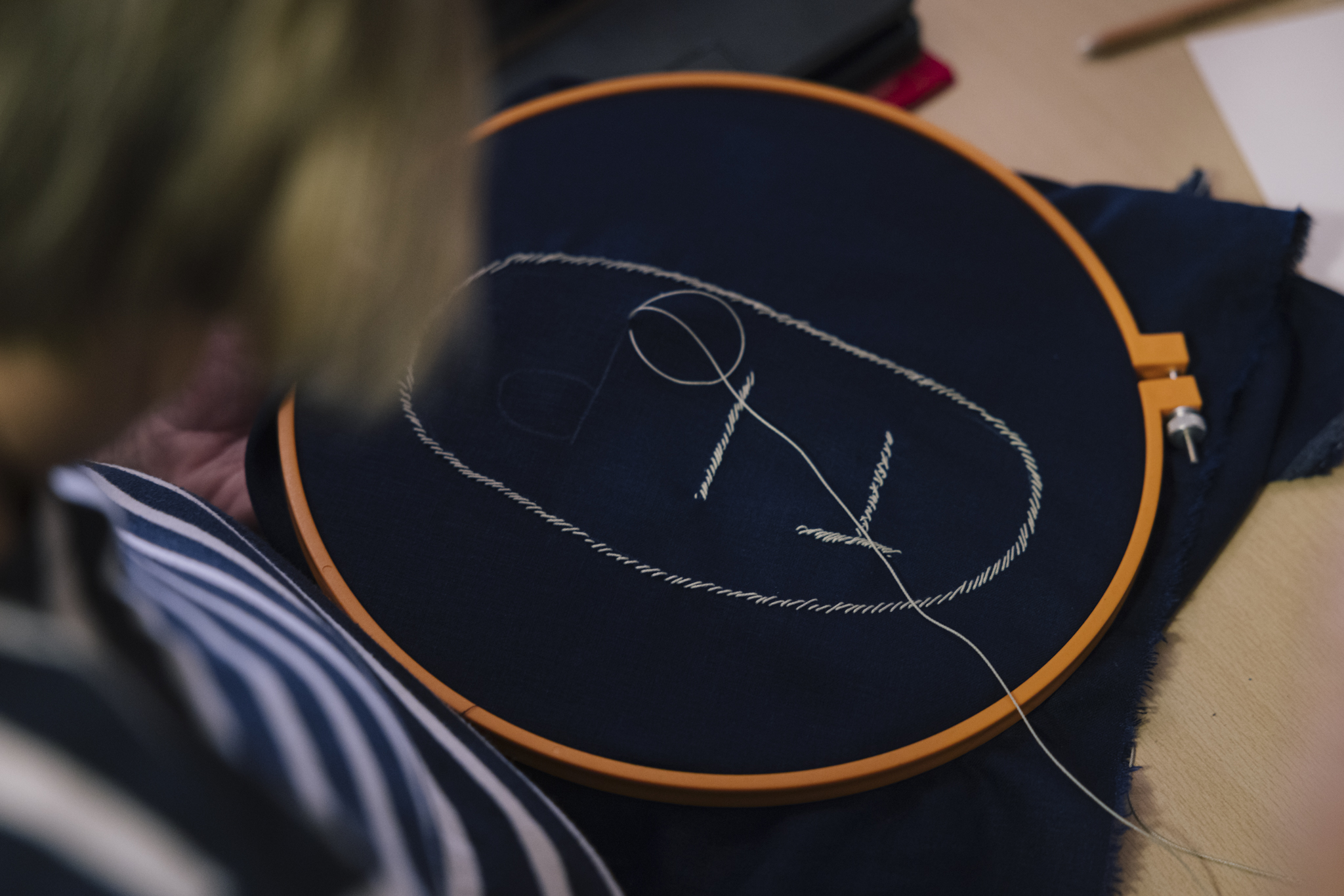
Biserka P.
Njezina majka je cijeli život radila u tekstilnoj industriji, zadnjih 8 ili 10 godina je bila generalni direktor industrije Pobjeda. Najpoznatiji su bili po proizvodnji denima za izradu traperica izuzetno dobre kvalitete. Njihov znak je bio TIP odnosno Tekstilna industrija Pobjeda, što je i izvezla na tkaninu. Ona i njena majka su živjele same nakon rastave, te je Biserka bila jedino dijete. Kao dijete je bila ljubomorna na Pobjedu pošto je njena majka obožavala tu tvornicu, kao i rad i zaposlenike. Zato je u nekim trenutcima mislila da više voli TIP nego svoju kćer. Cijeli život je bio prožet s tom njezinom tvornicom.
Nade za grad Zagreb su joj da se vrati duh Zagreba kakav je nekad bio, voljela bi češće čuti dobri stari kaj. Voljela bi da nestanu svi ti ružni grafiti, da se ljudi počnu odgovorno ponašati, te da ne bacaju otpad gdje god se sjete.
Her mother worked her whole life in the textile industry and for the last 8 or 10 years she was a general manager in the industry Pobjeda. They were well known for their production of high-quality denim. Their sign was TIP respectively Textile industry Pobjeda, so she embroidered it on her fabric. She and her mother lived alone after the divorce of her parents, Biserka was the only child. As a young girl, she was jealous of the factory Pobjeda since she felt her mother sometimes loved it more than her own daughter. Her whole life was intertwined with her mother's beloved factory.
Concerning the city of Zagreb, she hopes that the spirit of the old city returns. She would like to hear the old city dialect. She would also like for the ugly graffiti to be removed and for people to start acting responsibly and to stop littering the streets of the city.
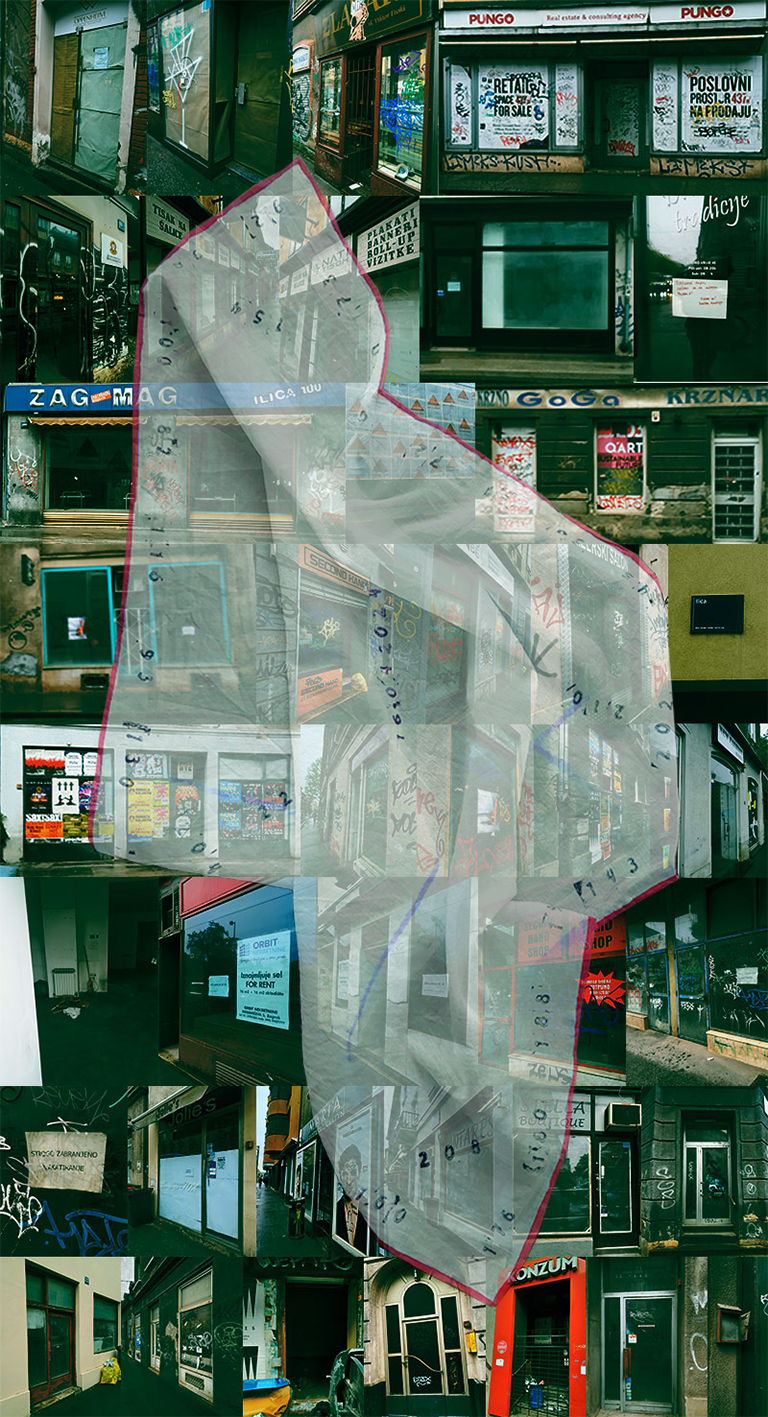 Ilica Investigations: documentation of empty spaces on Ilica, between the numbers 44 to 220, 16.04.2024
Ilica Investigations: documentation of empty spaces on Ilica, between the numbers 44 to 220, 16.04.2024
'“Ali 80% je povrat gdje imovinsko-pravni odnosi nisu riješeni. Kod mene u mom
lokalu je situacija, konkretno, da je vlasnik Država – pola lokala, a pola je vraćeno tom nekakvom čovjeku. A zašto
je vraćeno? Zato što je taj čovjek bio Hrvat, a drugu polovinu je imao nekakav frajer koji je bio u Srbiji i nema pravo povrata ili nešto takvo. E, zakon je takav – ili je Talijan ili ovo, ili ono, ili nešto takvo.”'
Mucko, Bojan. Ispražnjeno u povratu [prilog etnografiji praznine]. Udruga za interdisciplinarna i interkulturalna istraživanja (UIII), Zagreb, 2012.
Why are so many spaces on Ilica empty? After the dissolution of Yugoslavia, many properties were only returned in halves, because that half belonged to a Croatian. The other half remains in the administration of the State, because it belonged to a Serbian or an Italian for example, who, under the current law have no right to return. As long as the ownership is not fully resolved, the spaces cannot be used. Even though these statements are from 2012, we still find a large number of such spaces in 2024. In addition, some spaces had to be abandoned due to structural damage after the earthquake of 22nd March 2020, with shops moving elsewhere and the properties still left in a state of mid-renovation: tools still waiting for work to continue, a bucket catching the raindrops from the ceiling... Project Ilica, a street festival and market has sought to counter the emptiness by bringing more people here since 2017 and reimagining it beyond a shopping mile. As long as the empty gaps persist, there is also the potential for Ilica to resist its conversion into just another forgettable stretch of international fashion brands lining up next to another in a European capital. What if, instead, those spaces of potential would welcome local artisans, designers, artists, regional food markets and community spaces?
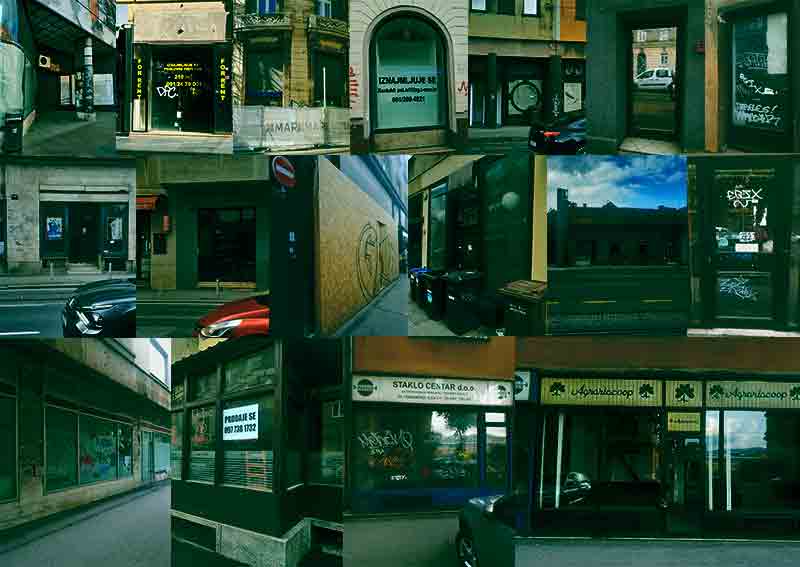
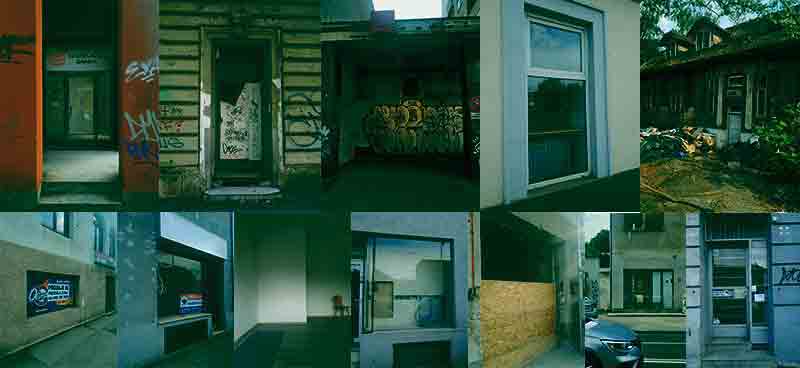 Ilica Investigations: documentation of empty spaces on Ilica, between the numbers 17 to 40 and 167 to 295, 18.04.2024
Ilica Investigations: documentation of empty spaces on Ilica, between the numbers 17 to 40 and 167 to 295, 18.04.2024

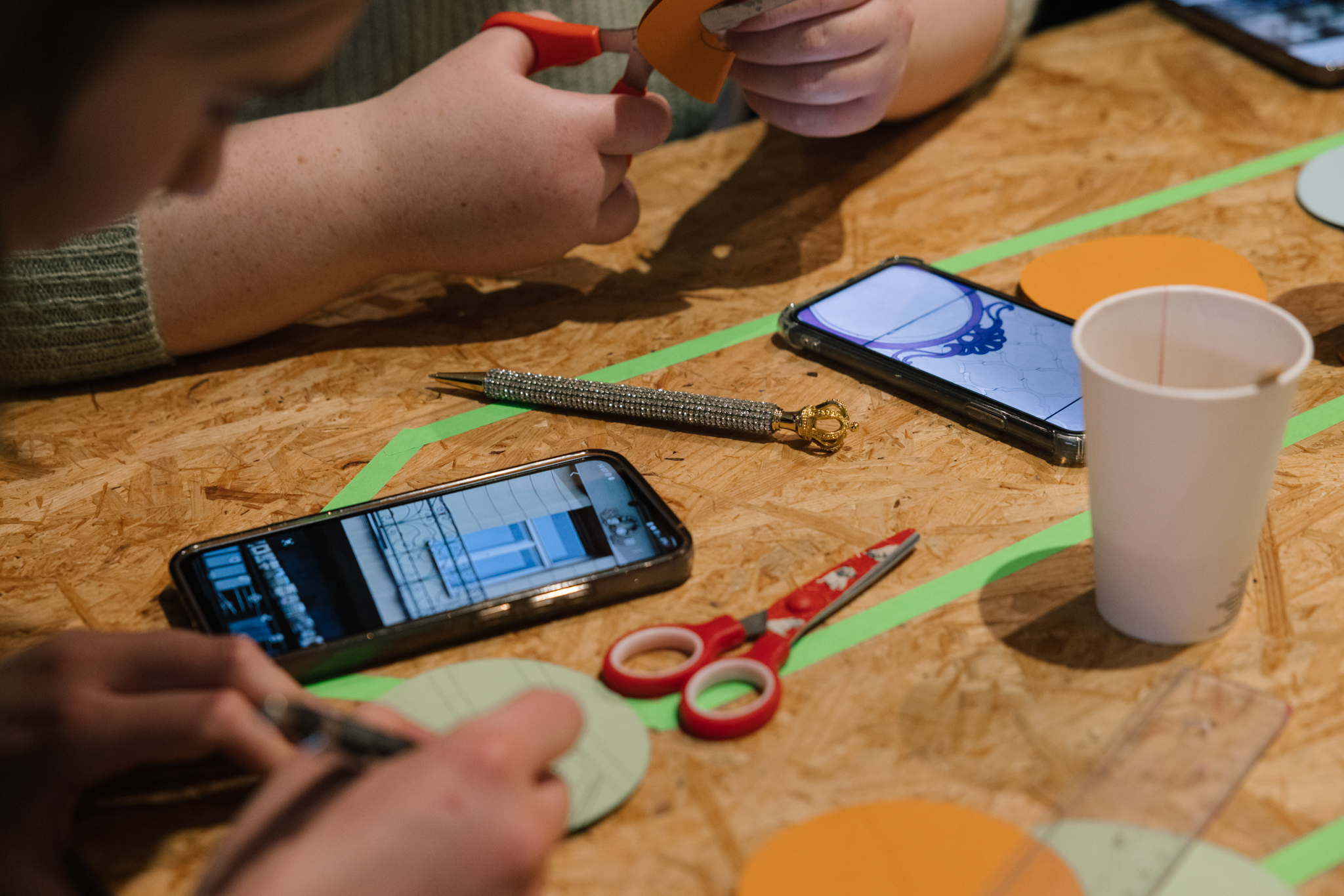

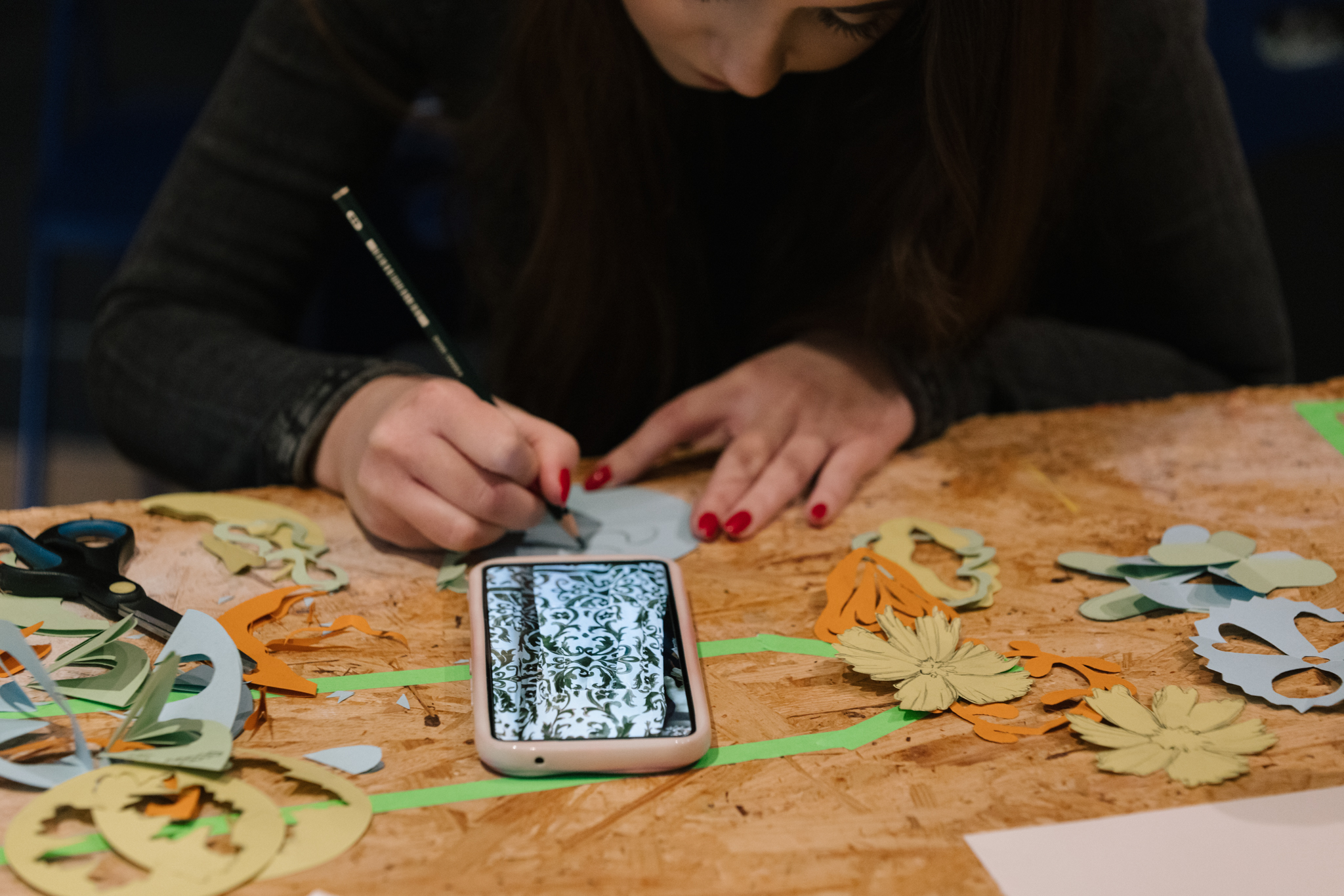
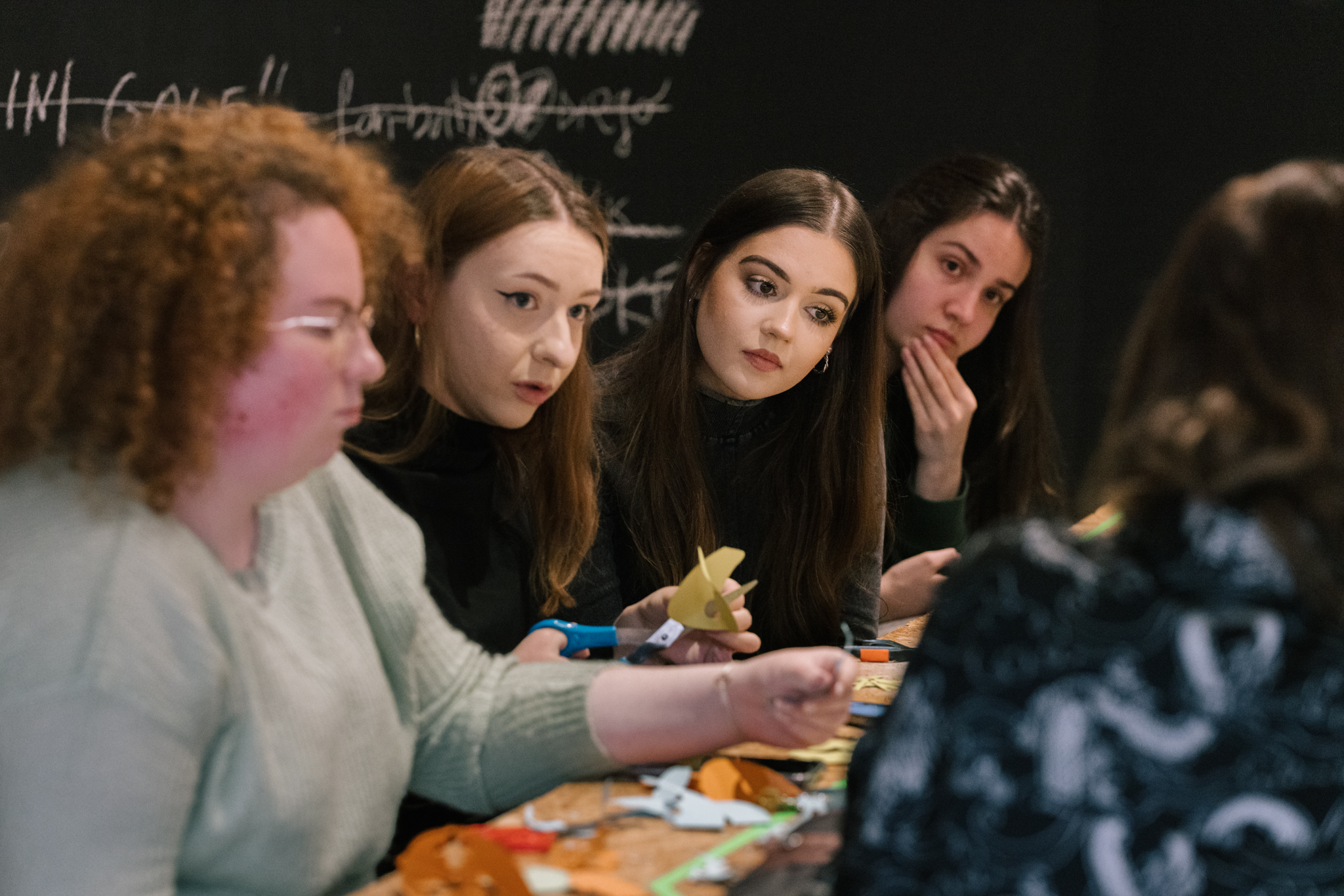

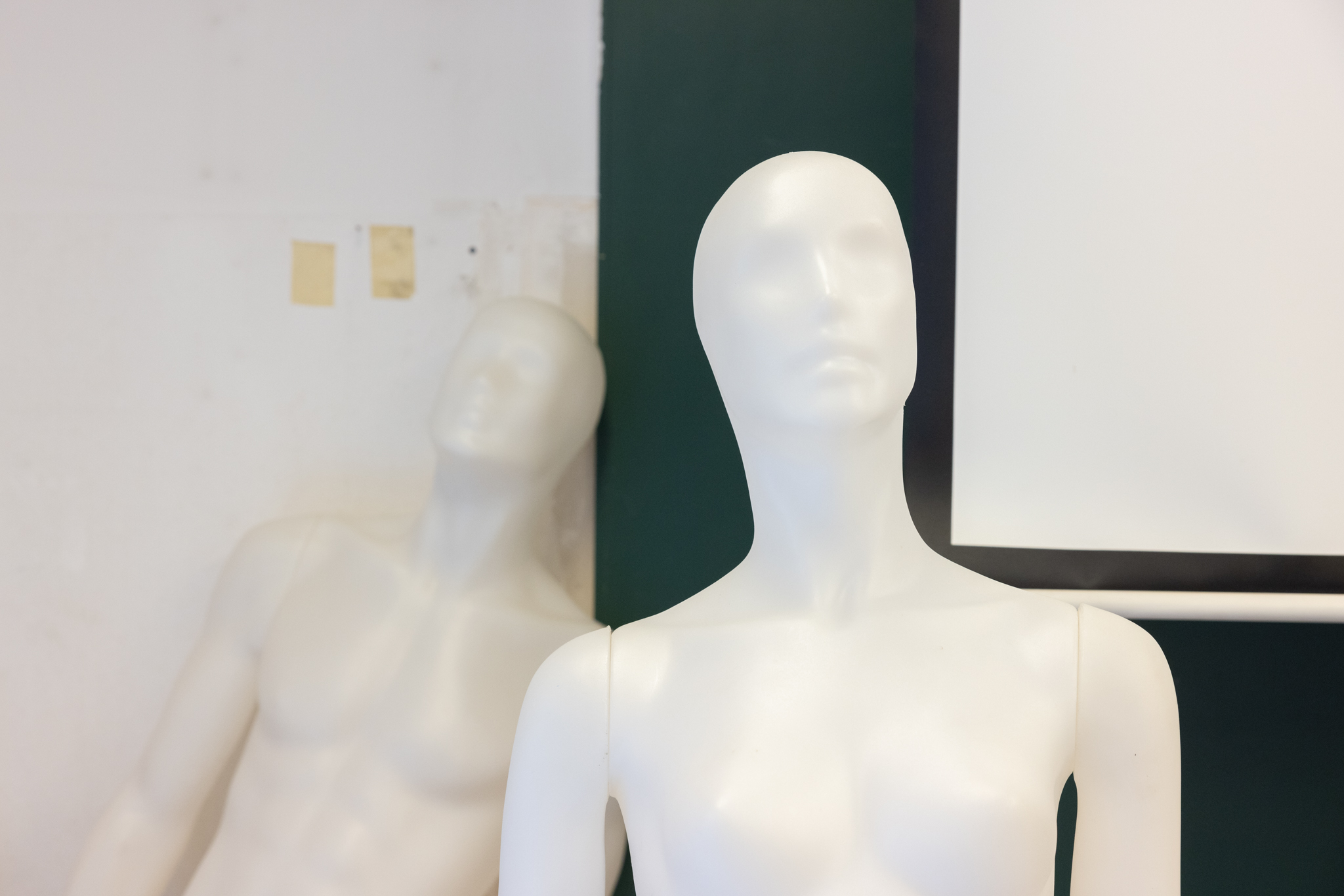
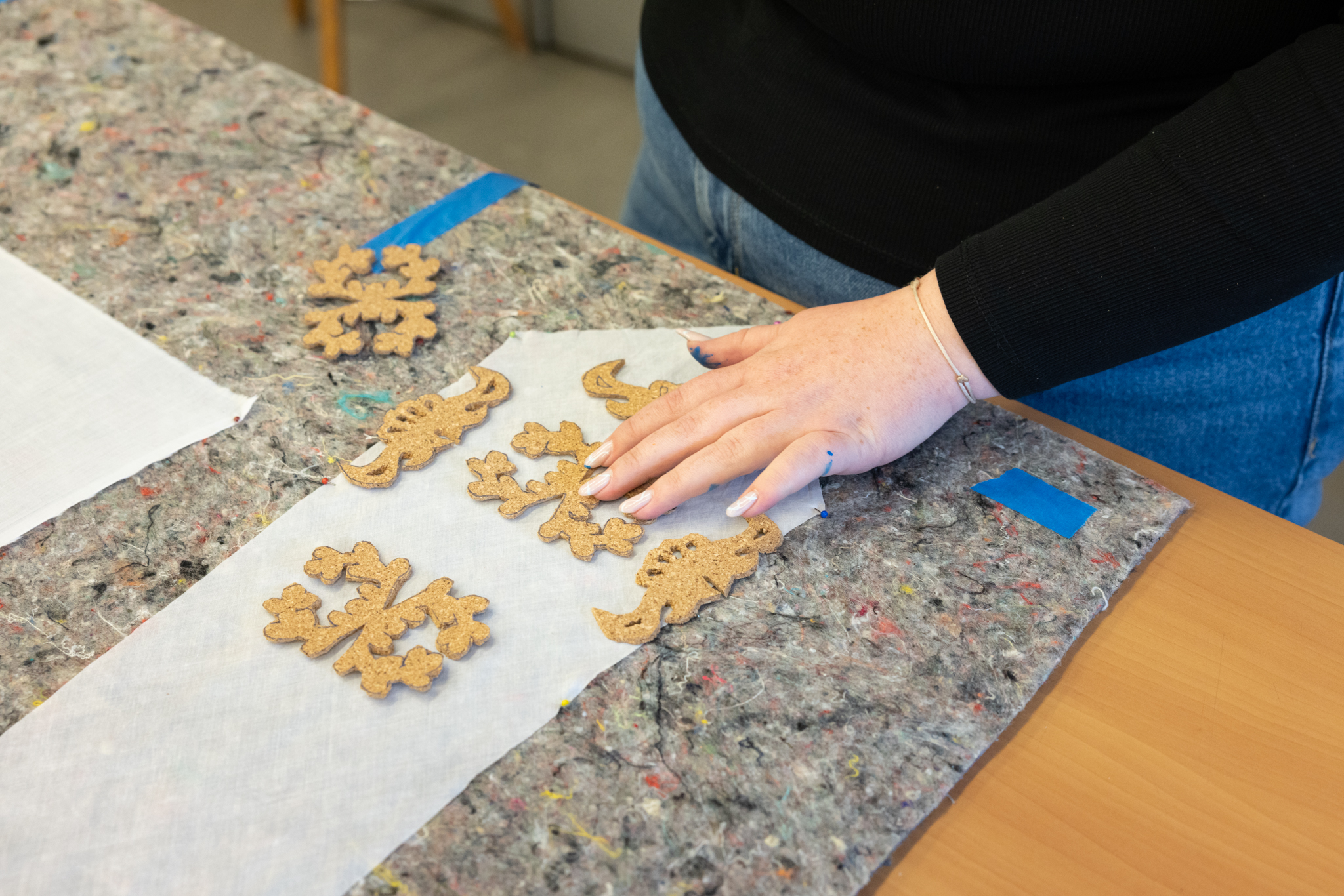
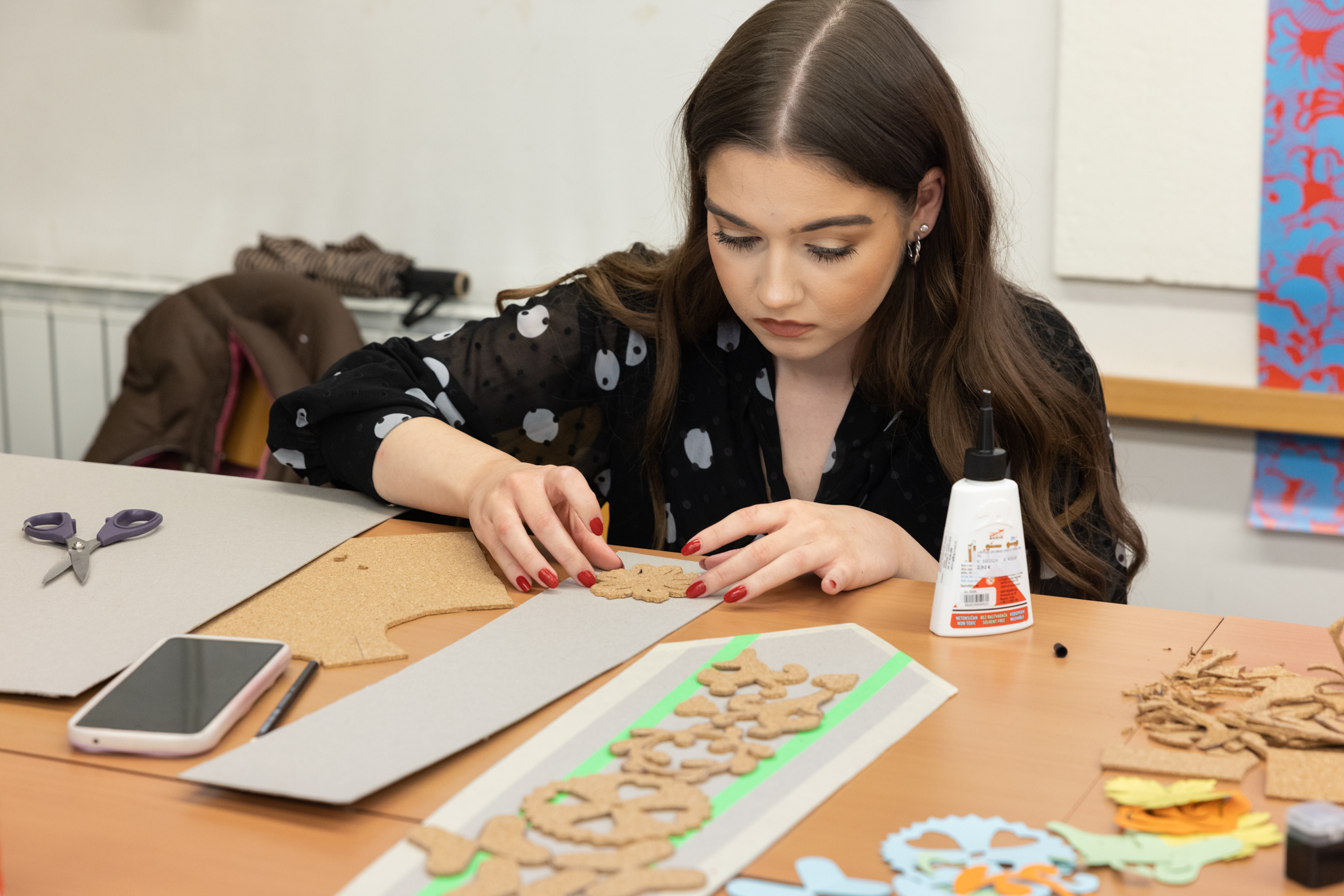
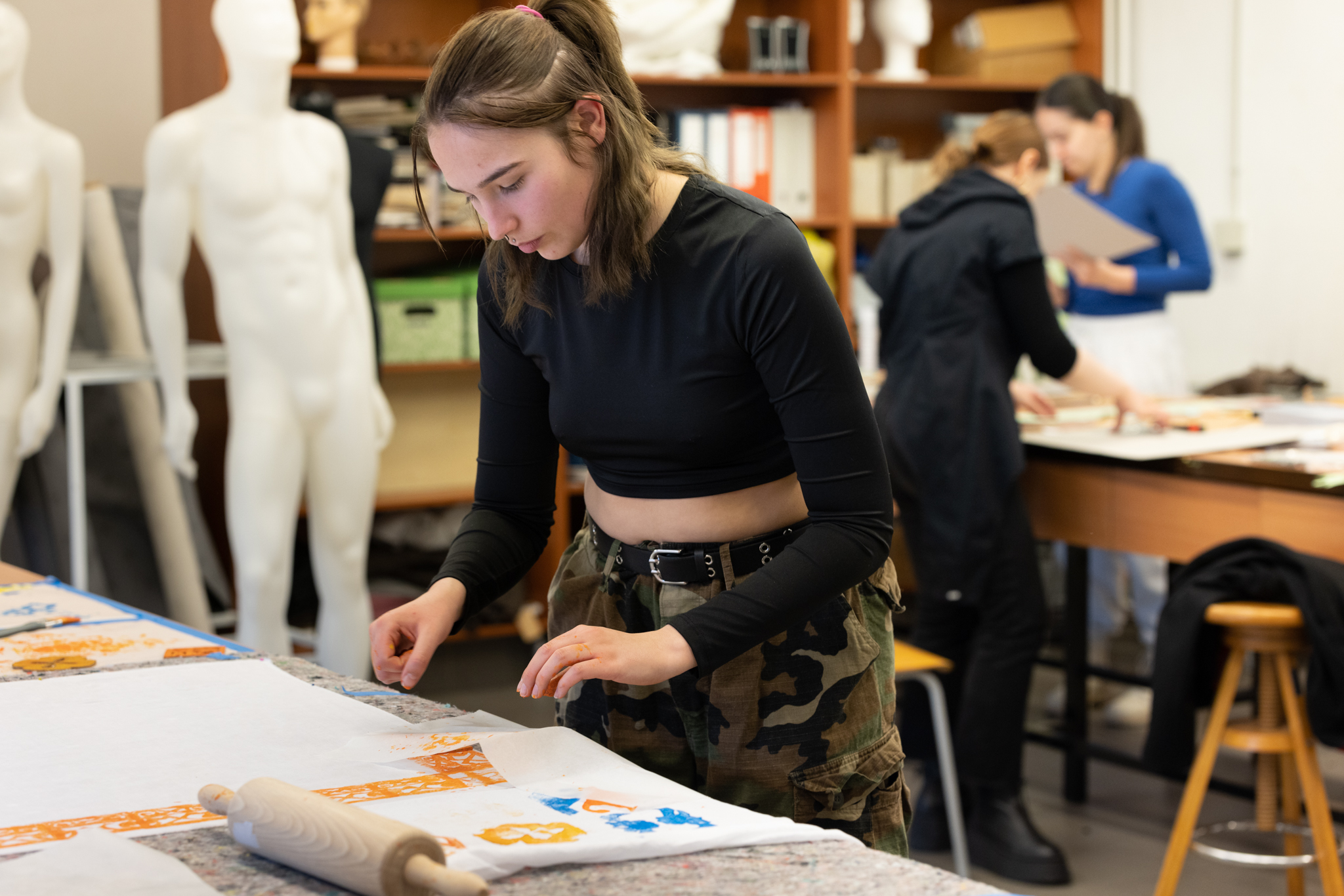 Workshop sessions for 'Ilica Investigations #2: Textile Narratives' on Ilica, at Galerija Miroslav Kraljević and at Tekstilno Tehnološki Fakultet, Zagreb, 24.+25.04.2024.
Workshop sessions for 'Ilica Investigations #2: Textile Narratives' on Ilica, at Galerija Miroslav Kraljević and at Tekstilno Tehnološki Fakultet, Zagreb, 24.+25.04.2024.




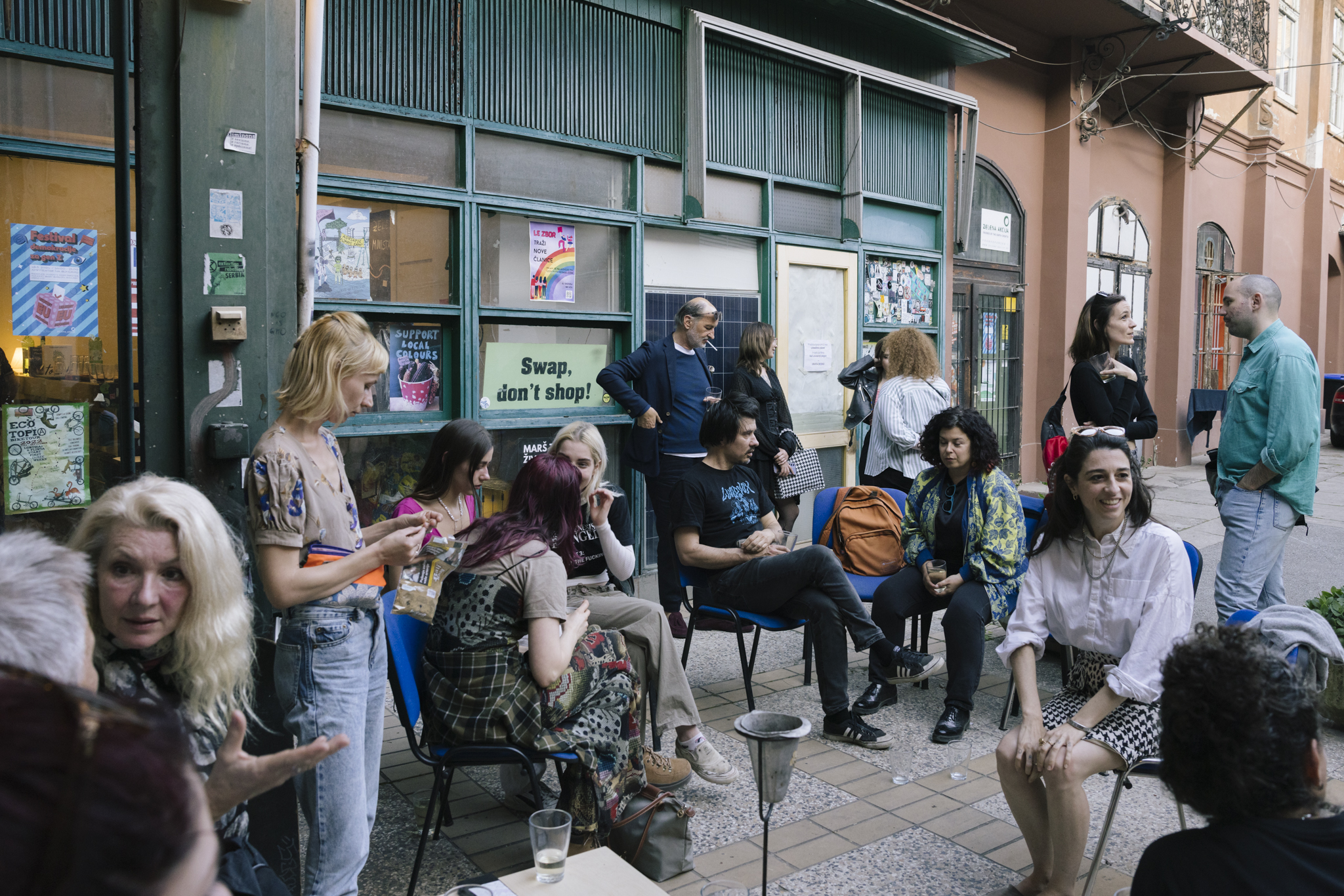 Final presentation and get-together at Zelena Akcija (Friends of the Earth Croatia, 10.05.2024.
Final presentation and get-together at Zelena Akcija (Friends of the Earth Croatia, 10.05.2024.
next project
close
Residency at CIMO – Centar za istraživanje mode i odijevanja, Zagreb.
Workshop photography by Luka Pešun.
Documentation and translations at Zagreb City museum by Mirta Baranić.
With the friendly support of Culture Moves Europe.
This work is produced with the financial assistance of the European Union. The views expressed herein can in no way be taken to reflect the official opinion of the European Union.
.png)